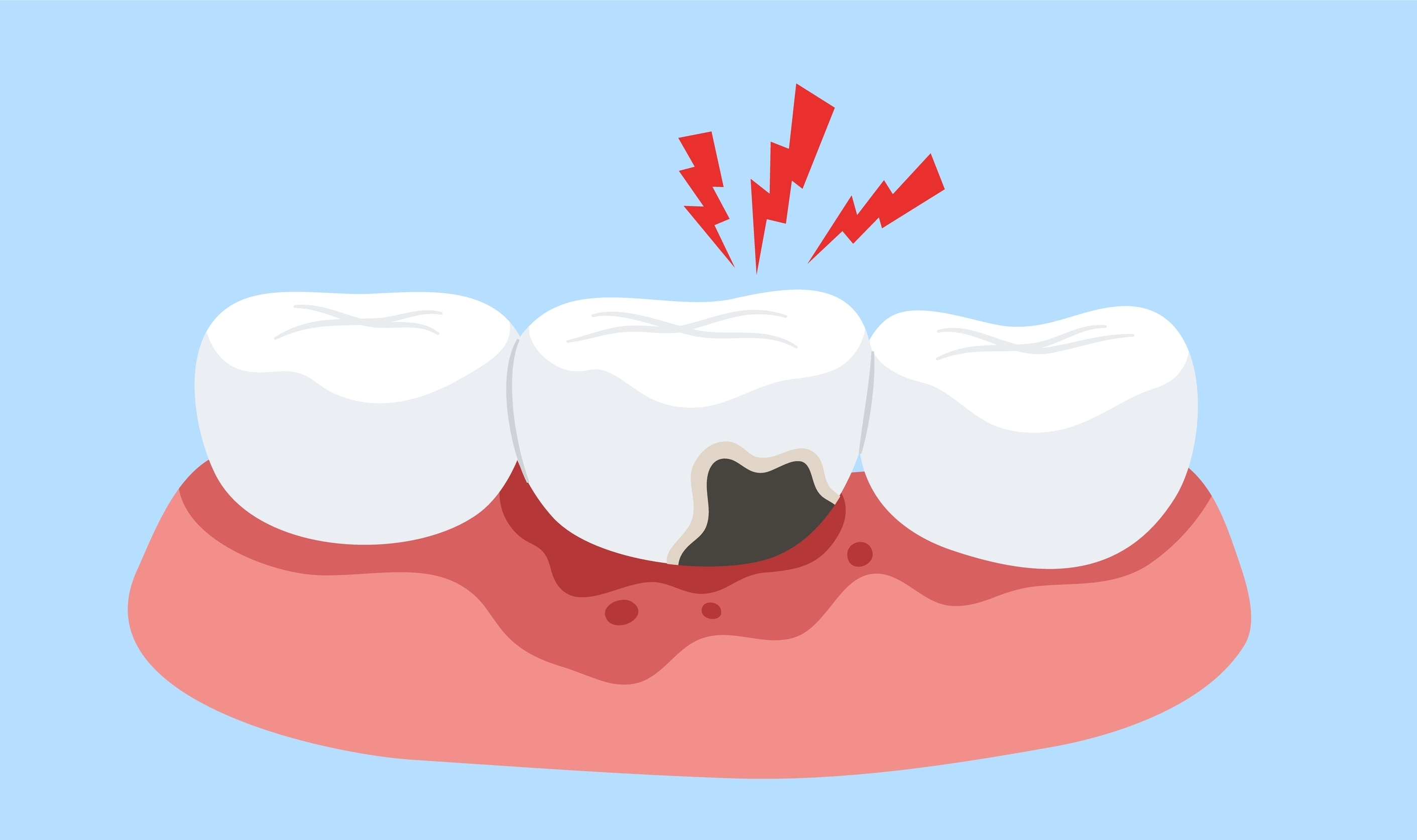
Cavities form as a result of a specific combination of factors inside the mouth. For tooth decay to begin, you need a tooth surface, bacteria, and foods like sugars or starches. When these elements interact, they set the stage for cavities to develop. Understanding this process can help you take steps to prevent tooth decay and protect your child’s oral health.
What Are Cavities?
Tooth decay requires three main components working together. First, there must be teeth. Cavities can only develop where there is a tooth surface for bacteria to attach and begin their work.
Next, bacteria play a crucial role. Our mouths naturally contain many types of bacteria, some of which thrive on the sugars and carbohydrates left behind after we eat. These bacteria are always present, but they become a problem when they find the right conditions to multiply and produce harmful substances.
Finally, food such as sugars, carbohydrates, and starches provides the fuel for bacteria. When we eat or drink foods high in sugars or starches, the bacteria in our mouths begin to eat these leftovers. As a result, they produce acid as a byproduct, which is what starts to break down the tooth surface and eventually leads to decay.
Understanding the Cavity Formation Process
It’s not the bacteria themselves that directly damage teeth, but the acid they produce. Here’s how the process works, step by step:
Bacteria consume food: When food particles, especially sugars and carbohydrates, remain on teeth after eating, bacteria feed on them.
Acid production: As the bacteria digest these sugars, they produce acid.
Enamel attack: This acid begins to break down the tooth’s outer layer, known as enamel. Enamel is the hardest substance in the body, but it is not invincible.
Progression to dentin: Once the enamel is breached, bacteria and acids reach the next layer of the tooth - the dentin. This layer is softer and more vulnerable to decay.
Cavity formation: Over time, this process creates a hole or a soft spot in the tooth, which is what we know as a cavity.
Why Frequency Matters
Snacking or grazing throughout the day increases the number of acid attacks your teeth experience. Every time you eat, especially foods or drinks high in sugar or starch, bacteria produce acid. The more often you eat, the more frequently your teeth are exposed to these damaging acids. Similarly, having a higher number of cavity-causing bacteria in your mouth can further increase your risk of developing cavities.
How to Prevent Cavities
The best strategy for preventing cavities is to reduce the frequency of sugary foods and drinks and to limit the amount of acid in the mouth. This can be achieved by:
Encouraging regular meals instead of frequent snacking
Choosing water or milk over sugary drinks
Practicing good oral hygiene, such as brushing and flossing daily
Visiting your dentist regularly for professional cleanings and advice
Every child’s mouth is different. Genetics, diet, habits, and oral hygiene routines all play a role in cavity risk. That’s why it’s important to consult your dental professional. They can help you create a personalized plan to keep your child’s teeth healthy and cavity-free.
Take the Next Step Against Cavities
Maintaining healthy teeth starts with understanding how cavities form and the steps you can take to prevent them. Since every child’s needs are unique, it is important to work with your dental professional to develop the right approach for your family. Regular dental visits, smart eating habits, and good oral hygiene can all play a role in keeping cavities away.
If you are concerned about cavities or want to learn more about how to prevent tooth decay, schedule a dental exam with Children’s Dental Health Center, P.C. Visit our office in Bozeman, Montana, or call (406) 586-8112 to book an appointment today.







